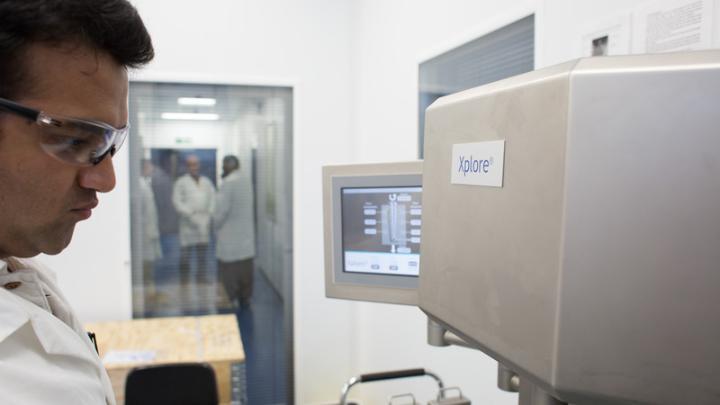Amorphous Forms
Most drug candidates in pharmaceutical development are highly pure and in a thermodynamically stable crystalline state. However upon initial isolation, the active may be obtained in a fully or partially amorphous state, which possesses physical properties different from their corresponding crystalline state.
Solid-state modification from crystalline to amorphous can be a viable approach for enhancing drug dissolution and thus bioavailability. However, the high internal energy and specific volume of amorphous state relative to crystalline means that during processing or storage the amorphous state may undergo devitrification.
Hence, amorphous solids require stabilization, it is common practice to prepare a dispersion in a pharmaceutically-acceptable polymer in order to achieve a stable form. Typically, amorphous forms are prepared via melt extrusion, spray or freeze-drying.

